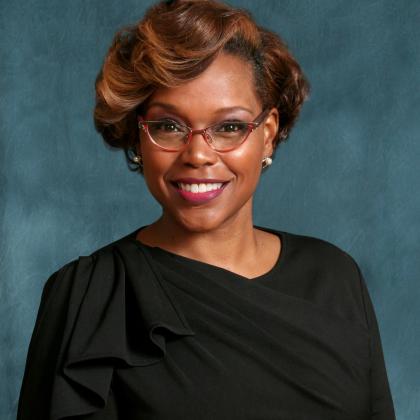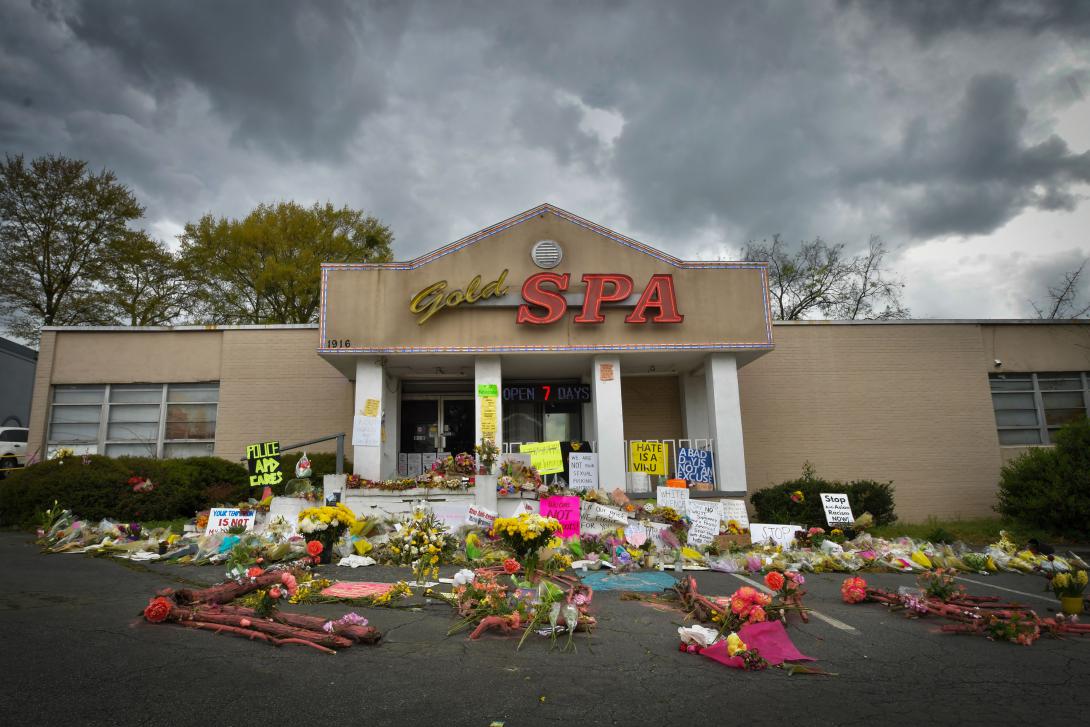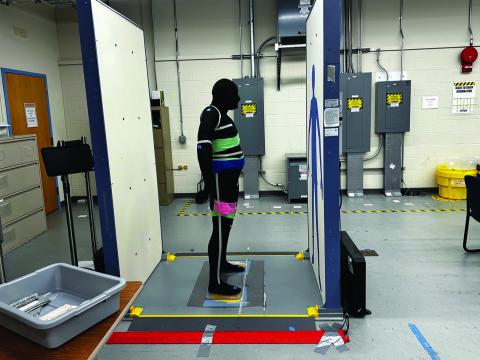Emergency Response Tip: Stay In Your Lane
With more than 2,000 sworn officers, the Atlanta Police Department is the second-largest law enforcement agency in the state of Georgia. Diligent training and communication have helped the city combat public threats such as COVID-19 and mass shootings.
“Transparency, in my opinion, is extremely important,” says Asher Morris, emergency preparedness manager, Atlanta mayor’s Office of Emergency Preparedness.
See something, say something, share something was a repeated theme across most panels at AFCEA's 2023 Homeland Security Conference.
“Help us help you,” said Chata Spikes, director of public affairs at the Atlanta Police Department. “There are more eyes and ears on the street than there are police officers and firefighters and paramedics.”
Under no circumstances should everyday citizens act as law enforcers, as it can cause a ripple effect of unfortunate incidents, Spikes added.
Learning from past mistakes is something every agency can do to be better prepared for the next time, she noted.
In 2022, a woman opened fire in a condominium building, killing two people and injuring one. The response was chaotic, Spikes told the audience, citing the lack of efficient command and procedural operations.
“All of the management, all of their supervisors, all of our brands converged onto the side … all the deputy chiefs showed up,” she continued. Situational awareness is key, and without proper communications, incident response times were delayed.
While first responders rushed to the event, the mayor’s office was continuously attempting to reach all agencies for updates.
Often, in the event of a mass shooting, city representatives and members of the public are in disbelief that it has happened to them. Spikes, along with most other subject matter experts, encourage regular training for preparedness.
In May, the city of Atlanta had a similar incident—a man in a gray hoodie killed one and injured four inside a hospital facility. This time, however, the city had standards of procedure in place.
“The chief, the mayor and members of mayor’s cabinet and our executive command stayed at headquarters,” Spikes told. “We did not go to the actual command site until after the first initial phase, because you know, any type of emergency response, it has its phases.”
Each emergency event has an incident commander, the agency representative explained. Though there is a chief in charge of the department, the incident commander is in charge of their respective incident.
An operational procedure in the second response, Spikes continued, “allowed for the chief to not get in the way.”
Misinformation and disinformation played a role in the incident. “We had a situation in which people were looking for a Black male wearing a gray hoodie. That’s a good amount of people in Atlanta and literally a young man got on the news to say ‘I know I look like him … I know I have on a gray hoodie; it’s not me.’”
Public communication is vital in emergency response, Spikes explained. The amount of erroneous tips created confusion, to which the city responded with further details on the suspect, who was no longer within city limits. Consequently, the number of calls and tips were reduced.

If you're going to give me misinformation, I have to counter it with correct information.
“It did allow for us to be strategic because, let’s just be honest, when you get out of your lane, you might cause an accident,” Spikes stated.
Collaborative work with media also significantly helps city officials in emergency response, especially in reducing the amount of disinformation, she added.
Addressing external communications, Morris shared that organized city efforts to educate the public on the global pandemic helped mitigate the health emergency.
Traditional approaches such as billboards and website updates were beneficial, Morris says, but social media and partnerships with dating apps made all the difference.
“I think that revolutionized the way that communication was done for infectious diseases,” Morris told the audience. “I honestly believe that it it contributed to a much more rapid decrease in the spread and getting the disease under control.”





Comments